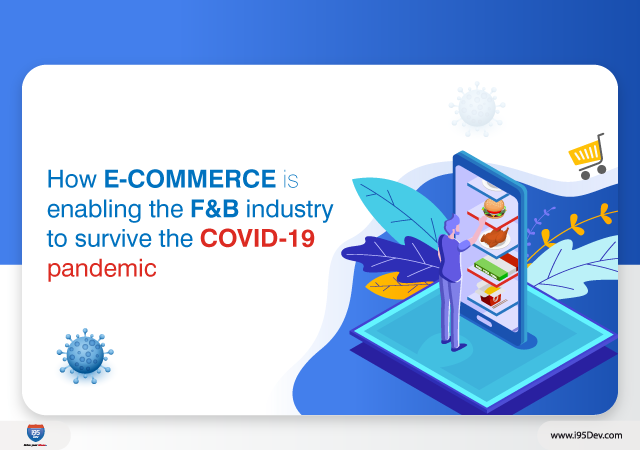ERP and E-commerce Integration –
4 Ways to Synchronize Data between the two Systems

In the context of e-commerce and ERP, integration plays a crucial role as it not only helps businesses run efficiently but also helps them drive omni-channel experience to their customers. In this article, we will explore the possible ways in which businesses can sync their e-commerce and ERP systems and the pros and cons associated with each one of them.
Broadly, the data can be exchanged between systems in the following ways
- Manual Data Transfer
- Automated Data Transfer
- Point-to-Point
- Extract Transform Load (ETL)
- Electronic Data Interchange (EDI)
- API based Integrations
- Hub-and-Spoke
- Point-to-Point
For this article, we will limit ourselves to the automated data transfer techniques.
1) Point to Point – Extract Transform Load (ETL)
- Extract – reads data from indicated source and pulls out the relevant subset of data (post filtering)
- Transform – works with this acquired data – using rules or lookup tables, or creating combinations with other data – to convert it to the desired state. Surrogate keys or new key values are applied to similar data from different source systems prevent key collisions in the future and provide a cross reference across systems
- Load – writes the resulting data (either all of the subset or just the changes) to a target database, which may exist or is created.
While the ETL process can be kick-started both manually and automatically, it is usually automated using schedulers. ETL is ideal in situations when large volumes of data are transferred between two systems and there are no workflows associated with the data that is transferred – like transferring historical data between systems.
2) Point to Point – Electronic Data Interchange (EDI)
- EDI, the required data in the source system is translated into a standard EDI format using appropriate segments and data elements depending on how the internal data is mapped.
- EDI uses private data network communications network called value-added networks (VANs) to transmit standardize transaction data between two systems.
- After translating the data into the standard format, the connection is established with the destination system and the data is transmitted.
- The information is then extracted from the transferred data and entered into the destination system.
EDI is ideal in situations where transactional data has to be exchanged between various stakeholders on a non-real time basis.
In EDI the communication with the end applications can happen both at the database and application API level.
3) Point to Point – API based Integrations
4) Hub-and-Spoke
While the same model can be used to drive communication between just two systems, there are some limitations that sneak in because of the architecture (as it was designed for more than 2 systems). Hub-and-Spoke method is ideal in situations where you have to simultaneously exchange information between multiple systems.
So, what will your choice be and why? Leave a comment below and let us know?
How can i95Dev Help?
i95Dev is a leading e-commerce and integration company in North America. We have products which seamlessly integrate Magento eCommerce with systems Dynamics CRM, Dynamics ERP (GP, AX, and NAV) and Dynamics RMS. With our integration products, we can help you build the right infrastructure required to truly become an omni-channel business. Our Ecommerce Growth Engine (EGE) product is an integrated e-commerce solution built on Magento platform which gives you access to multiple channels like e-commerce, mobile, social media and online marketplaces while integrating them with Dynamics ERP systems.






